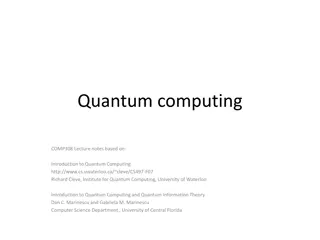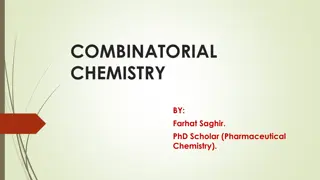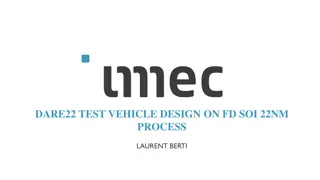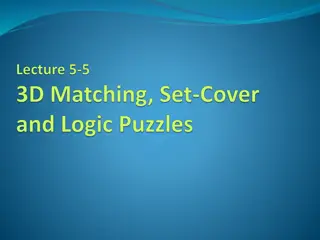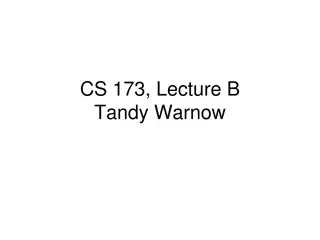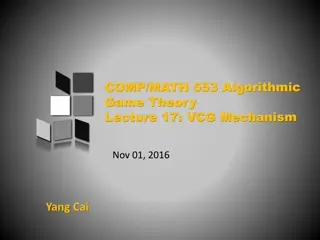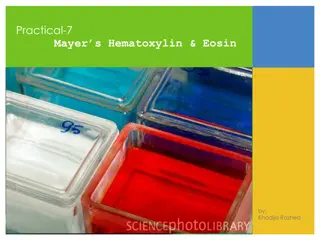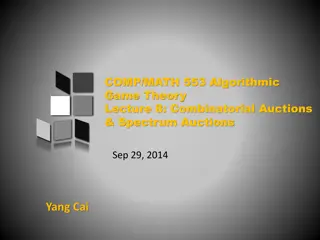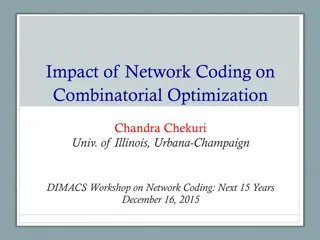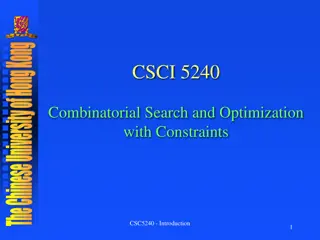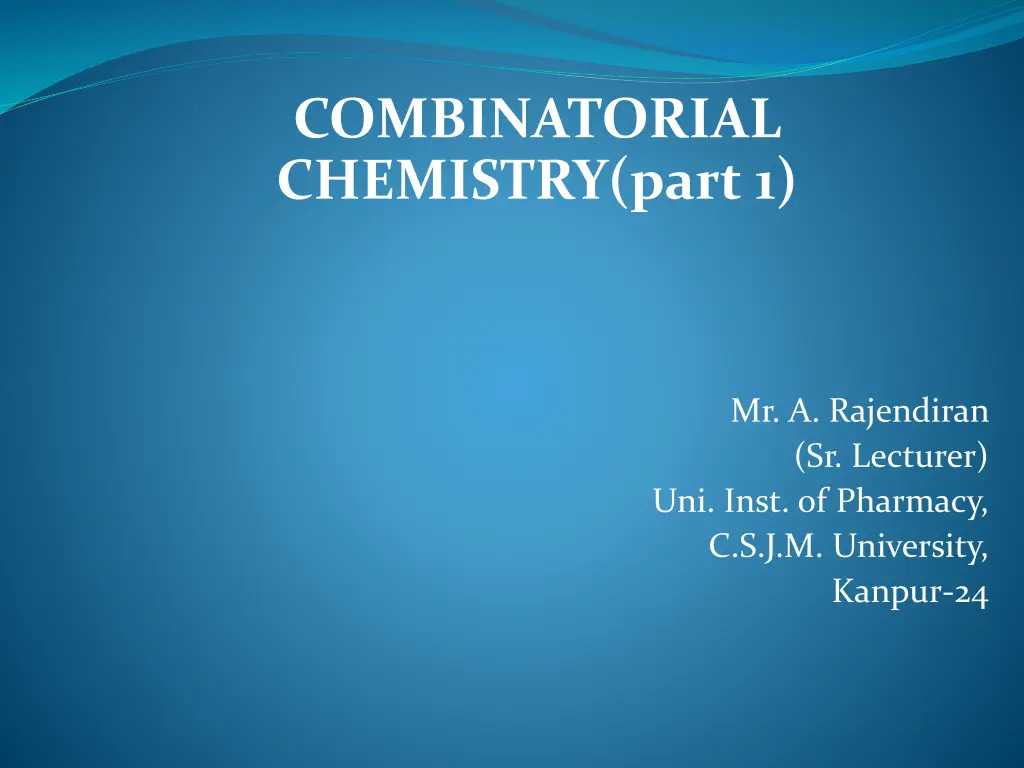
Applications of Combinatorial Chemistry in Pharmaceutical Synthesis
Learn about the concept and applications of combinatorial chemistry in pharmaceutical synthesis. Explore solid-phase and solution-phase synthesis methods, types of combinatorial libraries, and the advantages of solution-phase synthesis over solid-phase techniques. Discover how combinatorial chemistry allows for the efficient synthesis of a large number of chemical entities for lead discovery and drug development.
Download Presentation

Please find below an Image/Link to download the presentation.
The content on the website is provided AS IS for your information and personal use only. It may not be sold, licensed, or shared on other websites without obtaining consent from the author. If you encounter any issues during the download, it is possible that the publisher has removed the file from their server.
You are allowed to download the files provided on this website for personal or commercial use, subject to the condition that they are used lawfully. All files are the property of their respective owners.
The content on the website is provided AS IS for your information and personal use only. It may not be sold, licensed, or shared on other websites without obtaining consent from the author.
E N D
Presentation Transcript
COMBINATORIAL CHEMISTRY(part 1) Mr. A. Rajendiran (Sr. Lecturer) Uni. Inst. of Pharmacy, C.S.J.M. University, Kanpur-24
UNIT 5: Concept and applications of combinatorial chemistry(CC); Solid phase and solution phase synthesis Introduction combinatorial chemistry(CC) is the new synthetic approach in which a very large number of chemical entities (libraries)are synthesized by condensing small number of chemical compounds together in all combinations defined by a small set of chemical reactions. Phases in combinatorial chemistry: Making a combinatorial library Finding active compound (lead discovery) 1. 2. 2
Types of Combinatorial Libraries Types of Combinatorial Libraries Scaffold-based Libraries: Core-structure, which is common to all compounds of the library. Several single building blocks can consist of Scaffold. Ex: Amino acid and Amino Benzophenone. Backbone-based Libraries Ex: Nucleic acid and Carbohydrate. Two approaches to generate libraries are 1. Random libraries and 2. Focused libraries. 3
Methods introduces in 1980s and applied even outside chemistry also Two important methods included in CC. a). Solid phase Synthesis b. Solution phase synthesis A) Solid Phase Technique Solid-phase synthesis is a method used to streamline the synthesis of molecules. It is often used in combinatorial chemistry(a technique used to prepare a large number of molecules in a short period of time), to generate libraries of compounds due to the ease of purification, and overall chemical synthesis. Reactants are bound to a polymeric surface and modified whilst still attached. Final product is released at the end of the synthesis. 4
B . Solution phase synthesis The use of solution phase techniques has been explored as an alternative to solid-phase chemistry approaches for the preparation of arrays of compounds in the drug discovery process. Solution-phase work is free from some of the constraints of solid-phase approaches but has disadvantages with respect to purification. It was first used for easily synthesized compound classes (amides, sulfonamides, Ureas, Heterocycles (Thiazole)). Presently, solution-phase combinatorial synthesis is attracting more interest because of some advantages. Many more reactions are optimized in solution-phase - All reactive groups of the starting materials are available - No limitations of the thermal or chemical stability of the resin - Synthesis is shorter by one or two steps - Reactions in solution often need considerably less time - Reactions that involve insoluble components are confined to solution phase -Reactions can be followed conveniently by simple means (TLC, NMR, UV) - In general, the reaction volumes in relation to the amount of product are smaller 5

